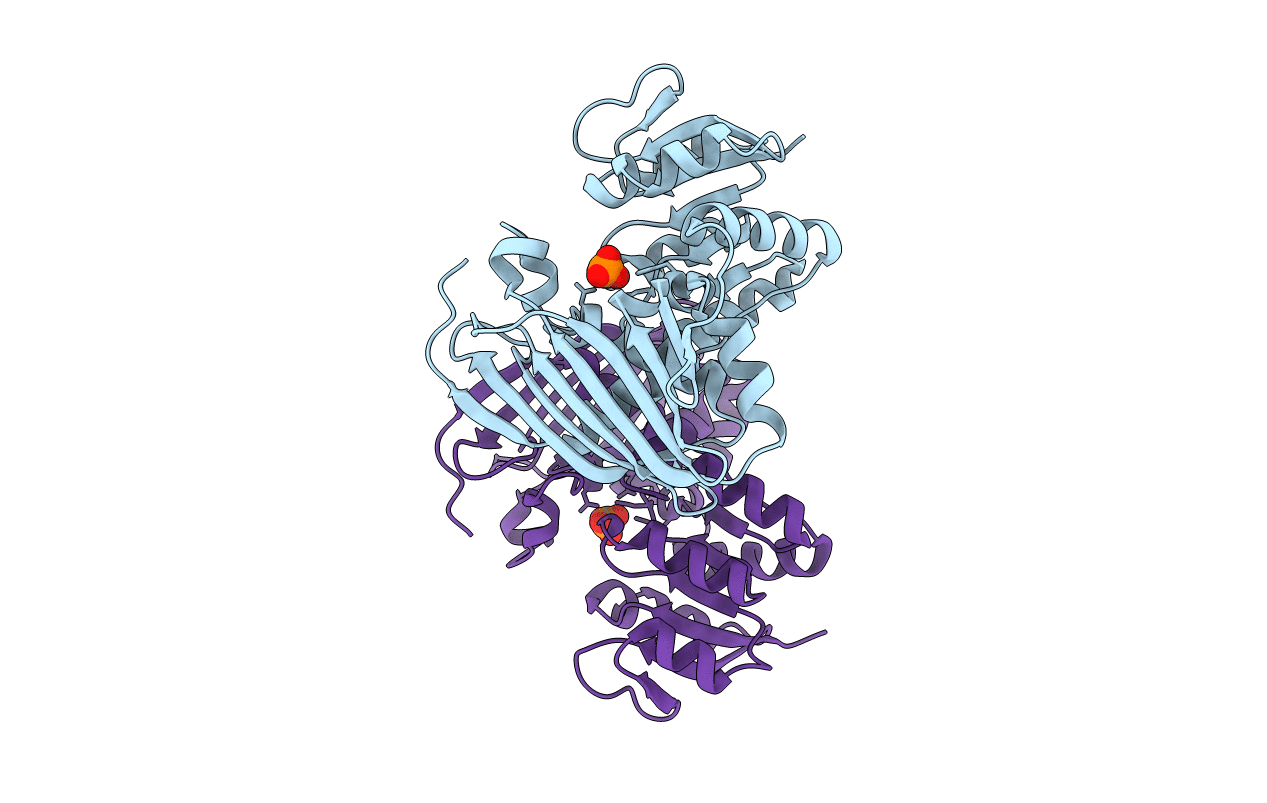
Deposition Date
2019-03-16
Release Date
2019-05-15
Last Version Date
2023-11-22
Entry Detail
PDB ID:
6JNJ
Keywords:
Title:
Crystal structure of Azospirillum brasilense L-arabinose 1-dehydrogenase (apo-form)
Biological Source:
Source Organism:
Azospirillum brasilense (Taxon ID: 192)
Host Organism:
Method Details:
Experimental Method:
Resolution:
1.50 Å
R-Value Free:
0.21
R-Value Work:
0.19
R-Value Observed:
0.19
Space Group:
P 1


